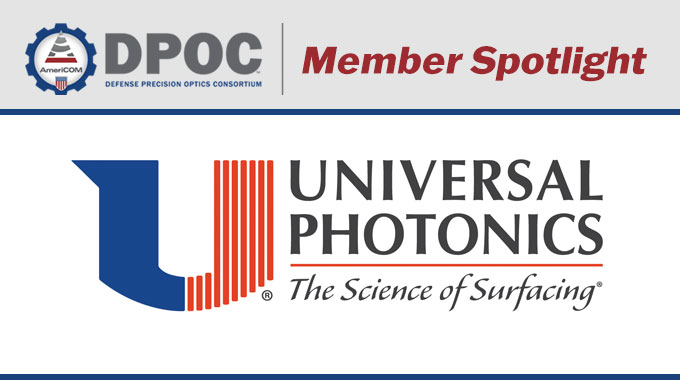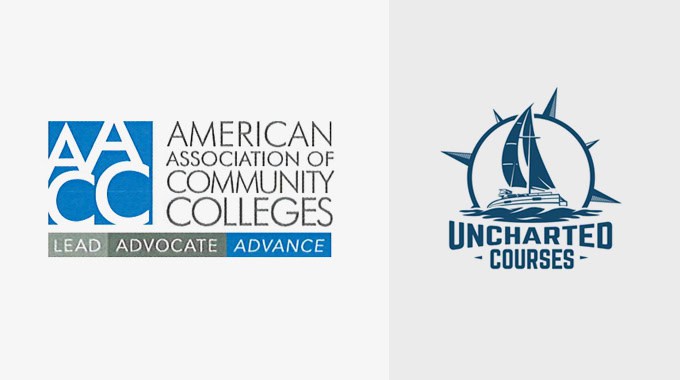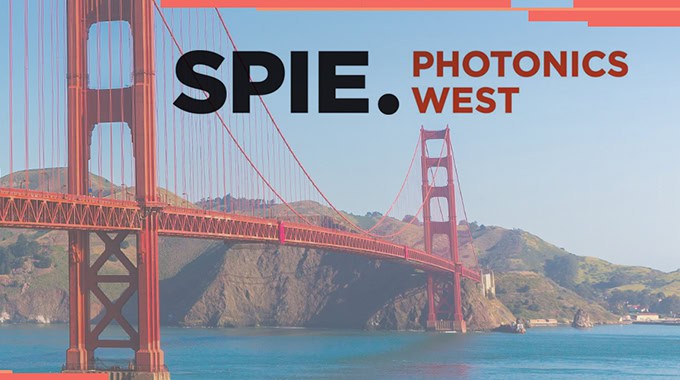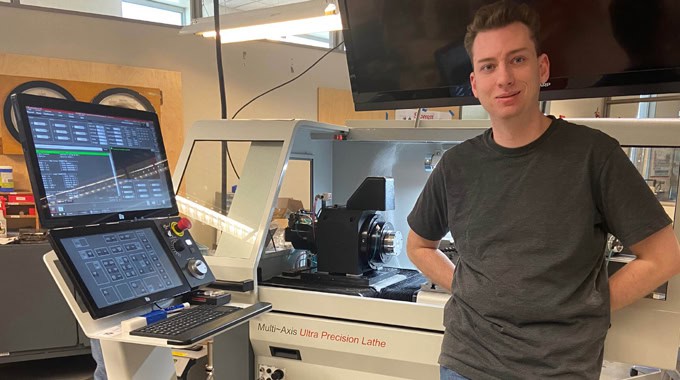
Apr 1, 2025
Neil Johnson, President of UPI Demand for optics with higher surface quality is growing exponentially. So is the need to meet tight specifications with faster delivery. AmeriCOM DPOC member Universal Photonics Incorporated (UPI) is answering the call. The company...

Mar 10, 2025
Although community colleges were originally established to be transfer institutions to prepare students to enter universities, they’re now adapting their programs and structures to train tomorrow’s workforce. It’s a vital role, as technology and competition shift...

Mar 10, 2025
Inspiring moments. Powerful connections. Workforce promise. AmeriCOM was energized to take part once again in the largest annual optics and photonics event of the year. SPIE Photonics West 2025 – which ran January 25-30 at San Francisco’s Moscone Center — was, as...

Feb 24, 2025
Millions Invested in Training Precision Diamond Turning Workers Published Tuesday Dec 3, 2024 Author Scott Merrill Carter Smith, a junior sustainable product design & innovation major at Keene State, pictured in front of diamond turning instrumentation. (Courtesy...




